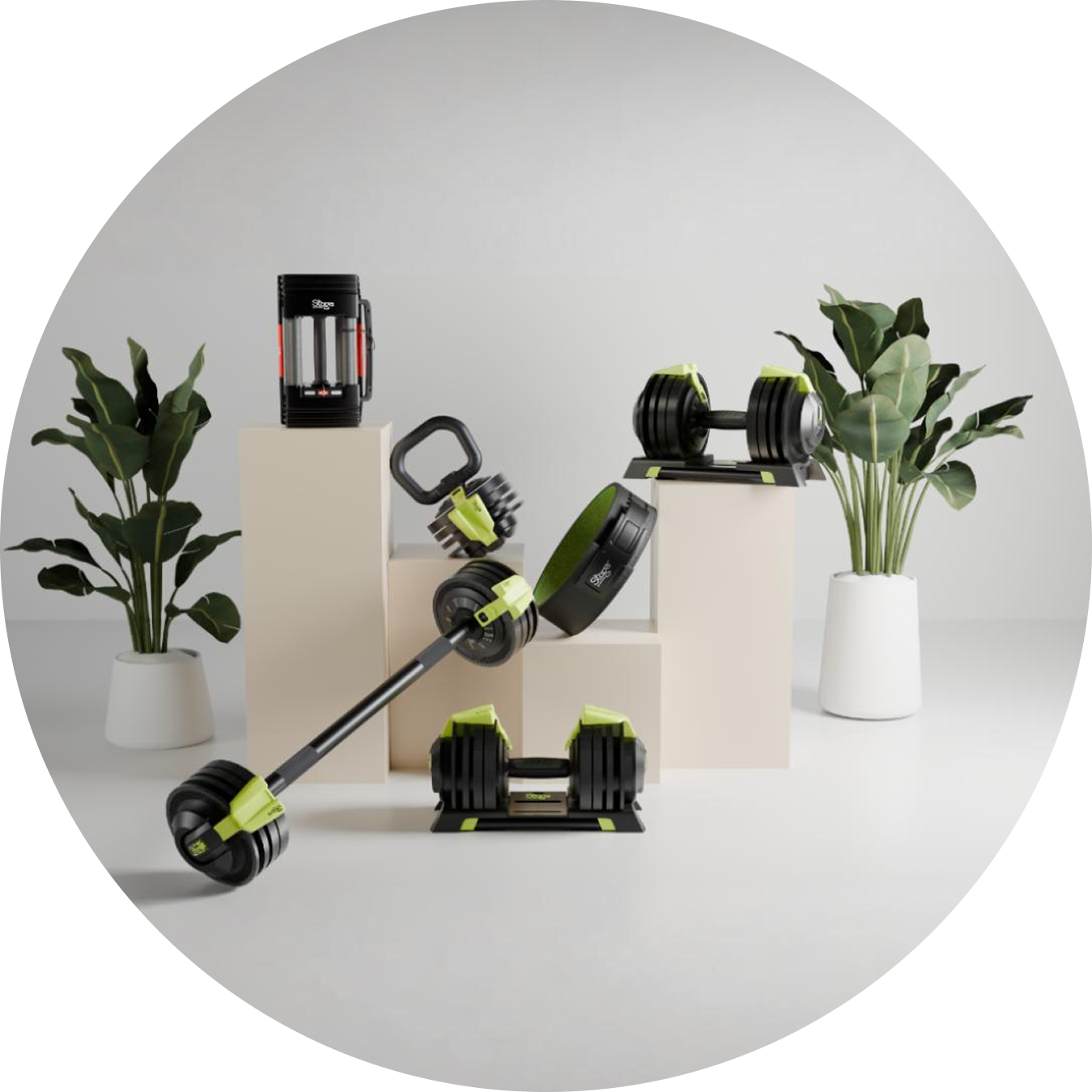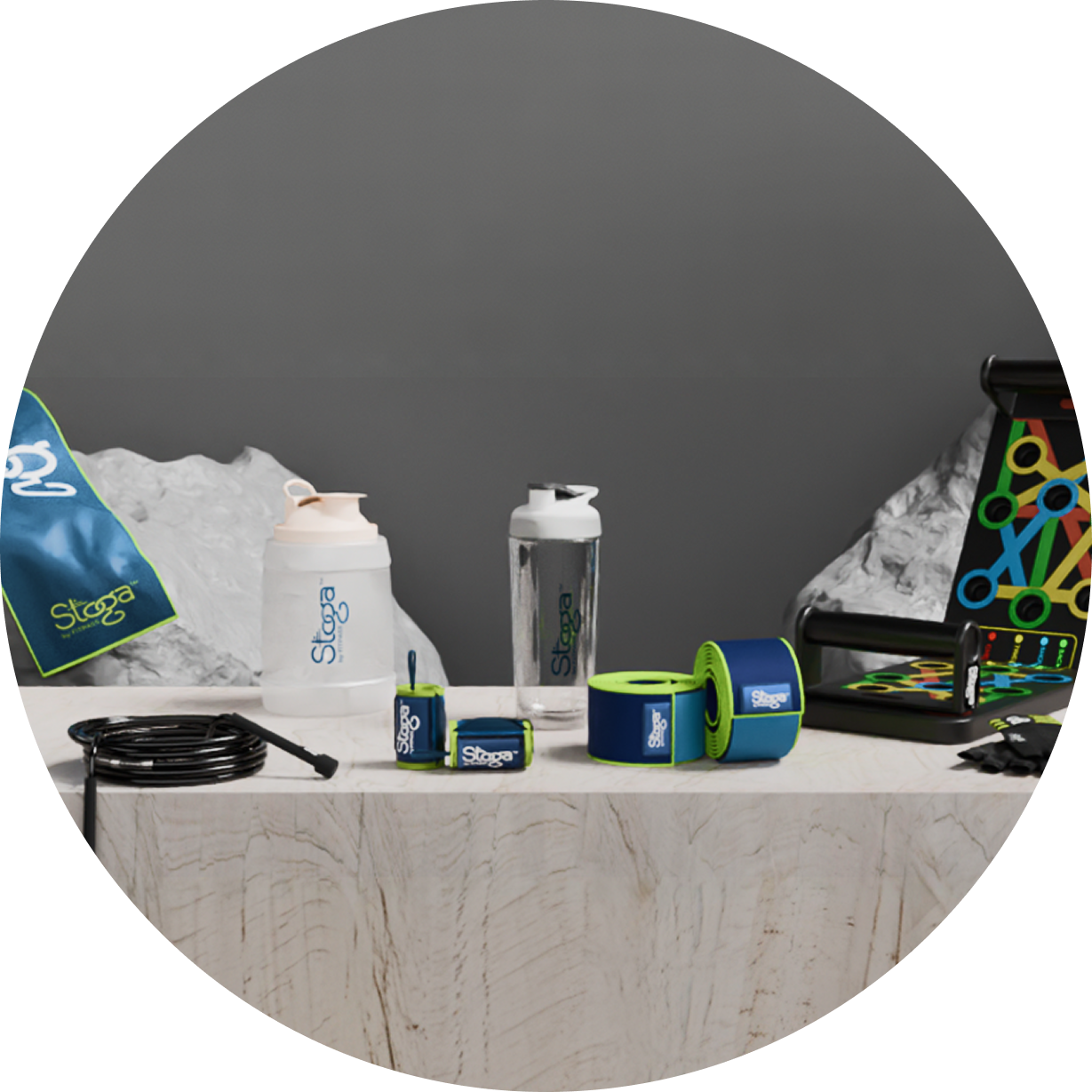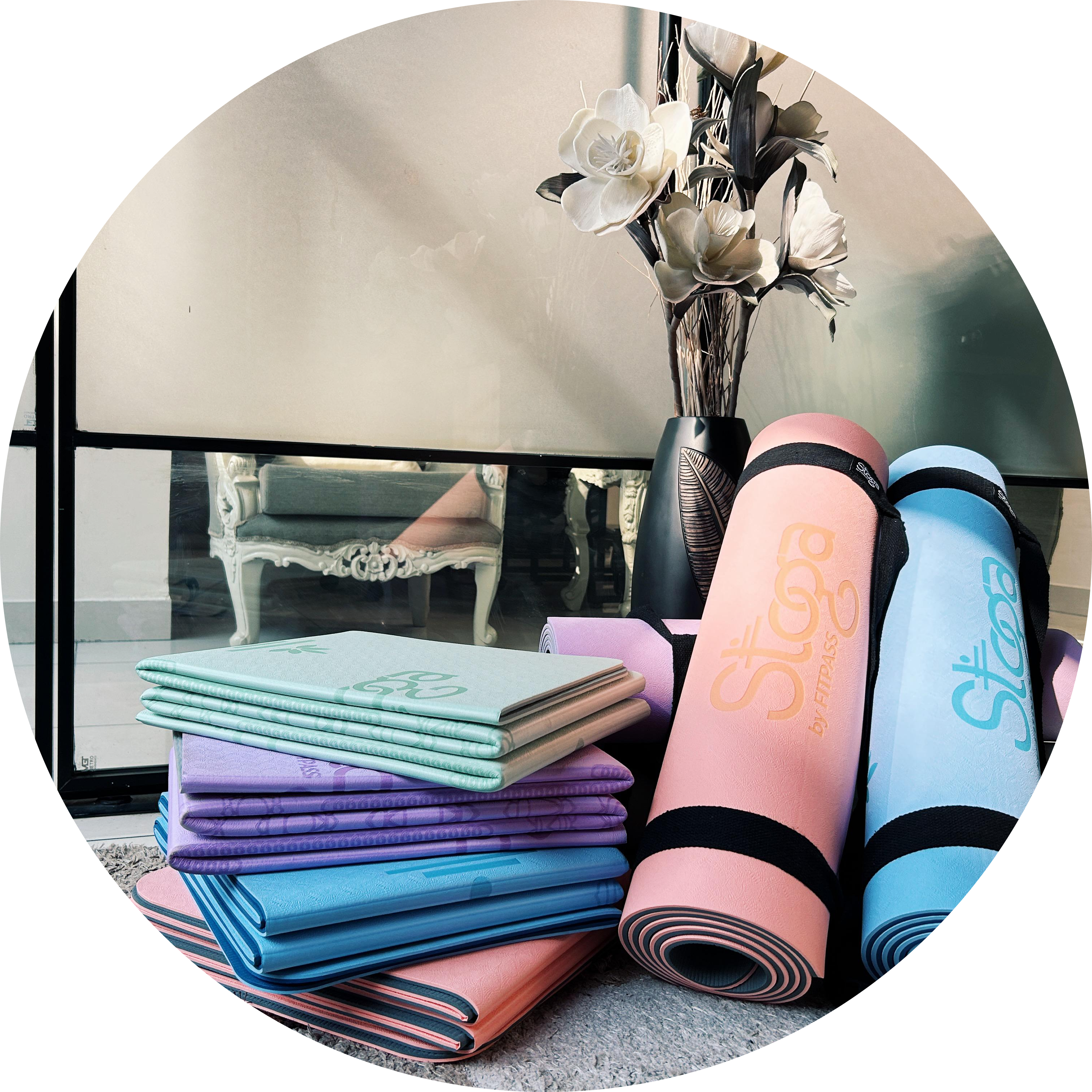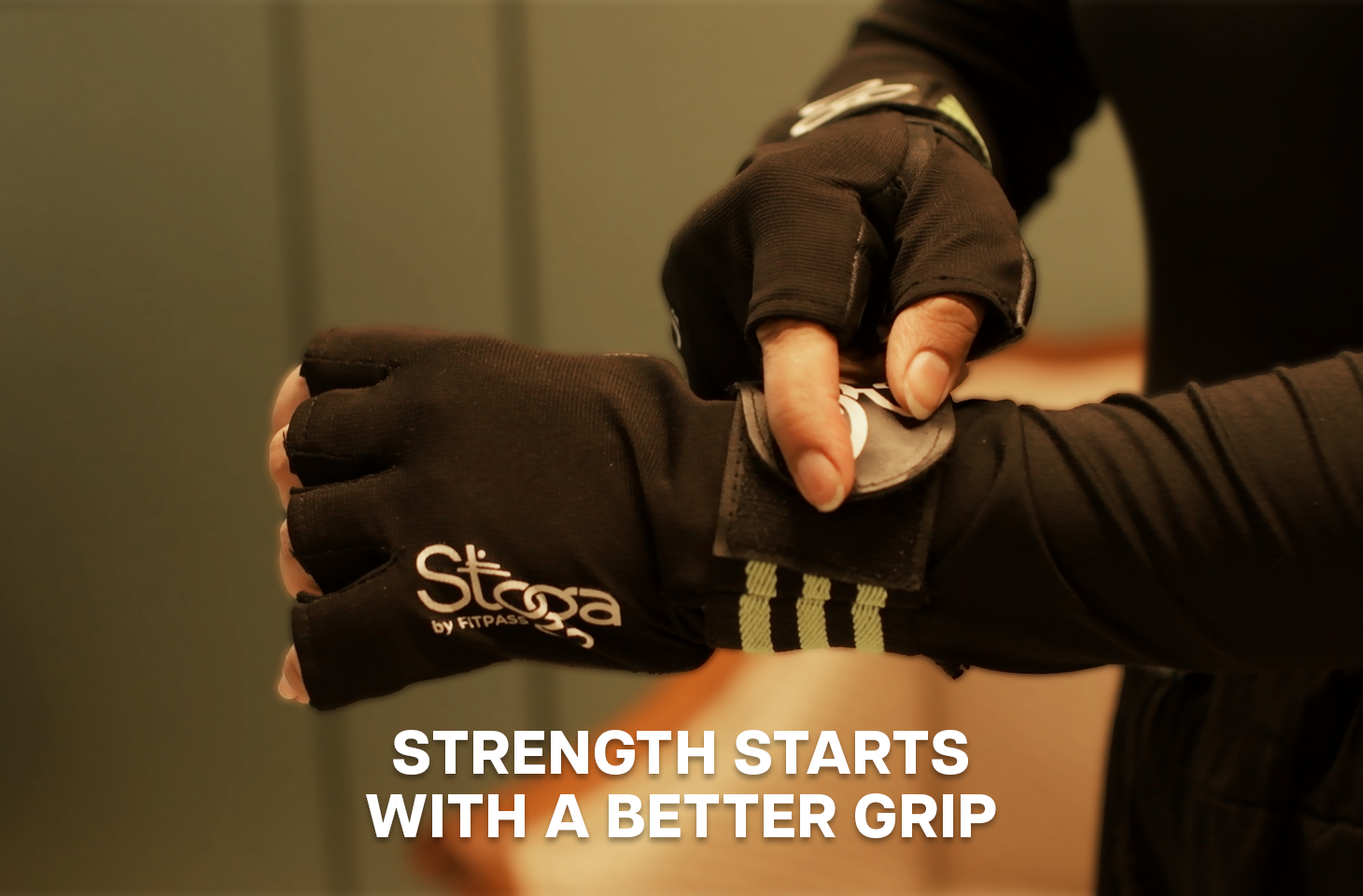When it comes to lifting heavy, every rep counts—and so does the gear you use. Among the many accessories found in a gym bag, knee wraps for lifting are often underrated, yet incredibly effective. Designed to support your knees during intense squats, leg presses, and power moves, these elastic bands do more than just hold your joints together; they help you lift smarter, safer, and stronger.
If you’ve ever wondered whether you should add knee wraps to your training routine, this blog will walk you through everything you need to know. From the benefits of knee wraps to proper usage and how they compare to knee sleeves, we’ll break it all down. Whether you're into bodybuilding, powerlifting, or strength training, the right lifting knee support could be the upgrade your routine needs.
Key Takeaways
- Knee wraps help improve performance during heavy squats and lower-body lifts by providing knee support and enhancing joint stability.
- They reduce stress on the knee joint, helping to prevent injuries during high-intensity training.
- Research suggests they increase mechanical efficiency, allowing lifters to lift heavier and move more confidently.
- Ideal for powerlifters and advanced lifters engaging in heavy lifting, but not necessary for every workout.
- Must be wrapped properly to avoid restricting blood flow or causing discomfort; knowing the proper technique for knee wraps is key.
The Rise of Knee Wraps in Lifting Culture
Over the past decade, there has been a noticeable increase in the use of squat support gear, especially in powerlifting circles. While weight belts and lifting straps are common, knee wraps for squats have carved their own space in the lifting community.
In competitive lifting, particularly in powerlifting meets, knee wraps are almost a standard accessory. Their role? To provide mechanical advantage and joint protection under load. According to a 2012 study published in the Journal of Strength and Conditioning Research, knee wraps significantly increased the total weight lifted in squats and reduced stress on the quadriceps tendon. That’s a clear indicator of how they impact performance and injury prevention.
Benefits of Knee Wraps: More Than Just Support
Let's break down the benefits of knee wraps that make them such an essential part of your heavy lifting accessories toolkit.
1. Enhanced Stability
Knee wraps provide compression and tension across the knee joint, adding an extra layer of firmness. This leads to more controlled movement and greater strength training knee protection.
2. Increased Lifting Power
By storing elastic energy during the descent of a squat, knee wraps act like a spring. When you push back up, that energy is released, helping you lift heavier. The same 2012 study mentioned earlier found lifters increased their one-rep max by up to 10% when using wraps properly.
3. Reduced Risk of Injury
Compression stabilises the patella and surrounding ligaments, reducing the risk of strain or tears, especially during maximal efforts. For lifters concerned about joint longevity, this is a key reason to invest in gym equipment for joint protection.
4. Better Squat Mechanics
When used correctly, knee wraps can encourage better form and range of motion. This is particularly helpful for those with minor instabilities or recovering from previous injuries.
Knee Wraps vs Knee Sleeves: What’s the Difference?
It’s easy to confuse knee wraps and knee sleeves, but they serve different purposes.
|
Feature |
Knee Wrap |
Knee Sleeves |
|
Material |
Stiff, elastic cloth |
Neoprene or soft fabric |
|
Compression level |
High (adjustable by tightness) |
Moderate and uniform |
|
Purpose |
Support during heavy lifts, especially squats |
General joint warmth, mild support |
|
Use Case |
Powerlifting, max squats |
CrossFit, general training, rehab |
|
Application |
Needs a wrapping technique |
Slips on like a sock |
If you're aiming for max loads or serious squat support gear, go with knee wraps for lifting. But if you're after warmth, mobility and light support, knee sleeves may be enough.
How to Use Knee Wraps for Weightlifting
Using knee wraps for weightlifting isn’t as simple as tying them around your leg. Proper wrapping technique matters a great deal, not only for performance but also for injury prevention with knee wraps.
Step-by-Step Guide:
- Positioning: Start just below the knee and wrap upward.
- Tension: Apply firm but not overly tight pressure. You should feel secure but not numb.
- Overlap: Each layer should overlap the previous one by half the width.
- Anchor: Tuck or tie the end securely. Some wraps come with Velcro for easier closure.
Remember, over-wrapping can cut off circulation, while loose wrapping won't offer enough lifting knee support. It’s advisable to practice wrapping techniques or get assistance if you’re new to it.
Choosing the Best Knee Wraps for Powerlifting and Training
Not all wraps are made equal. When shopping for the best knee wraps for powerlifting, consider the following:
1. Length and Width
Longer wraps offer more coverage and compression but can be harder to control. Most competition wraps are between 72 to 78 inches.
2. Elasticity
Higher elasticity provides more "rebound" but can be uncomfortable. Beginners may benefit from medium-stretch wraps.
3. Closure Type
Velcro closures are convenient, while traditional wraps require tucking in manually. Both work well if used properly.
4. Durability
Look for wraps made with reinforced stitching and tested by competitive lifters.
Recommended brands often include Stoga, your trusted gym equipment buddy.
When (and When Not) to Use Knee Wraps
Knee wraps aren’t for every session. While they offer a clear advantage for heavy squats and max effort lifts, over-reliance may reduce natural knee stabilisation over time.
Use Knee Wraps When:
- Attempting personal bests.
- Doing 90%+ of your 1RM.
- Training for powerlifting competitions.
Avoid Using Them When:
- Performing light squats or warm-ups.
- Focusing on form correction or rehab.
- Doing cardio-based workouts or high-rep circuits.
In essence, use them as a tool, not a crutch.
Common Mistakes to Avoid
Even the best gym knee wraps won’t help if you misuse them. Here are a few pitfalls to steer clear of:
- Wrapping Too Tightly: Cuts circulation and can cause numbness.
- Wearing for Long Periods: They’re not meant for all-day wear or long workouts.
- Poor Wrapping Technique: Inconsistent tension leads to uneven support.
- Using Wraps Too Early: Beginners should focus on form and strength first.
Real Talk: What Science Says About Knee Wraps
Beyond anecdotal success, science supports the effectiveness of knee wraps for squats and heavy lifting.
A study published in the European Journal of Applied Physiology found that lifters wearing wraps showed increased concentric speed, meaning they could stand up from a squat faster. This suggests more than just perceived stability; it shows real performance enhancement.
Are Knee Wraps Worth It for You?
If you’re into strength training, perform heavy lifting, or aim to compete, knee wraps can be a game-changing addition to your gym gear. Their support, spring effect, and joint safety features make them ideal for high-intensity lifting.
However, casual gym-goers or those focusing on mobility and endurance may not need them regularly. Consider your training goals, listen to your body, and use knee wraps for lifting strategically.
Final Thoughts
Knee wraps for lifting aren’t just another trend; they're a practical, research-supported tool for serious lifters looking to push boundaries safely. When used with intention and proper technique, they offer undeniable advantages in both performance and protection.
So, whether you’re chasing new personal records or just looking to keep your joints safe under load, gym knee wraps are worth the consideration.
FAQs
Q1. Can beginners use knee wraps?
Yes, but it’s not necessary. Beginners should focus on form and foundational strength. Knee wraps are more suitable once you start lifting heavier loads consistently.
Q2. Are knee wraps legal in powerlifting competitions?
Yes, most federations allow them in the equipped category. Always check your federation’s gear rules before a meet.
Q3. How tight should knee wraps be?
They should feel snug and supportive, but not cut off blood flow. You should be able to perform a full squat without excessive pain or numbness.
Q4. What’s the lifespan of knee wraps?
With proper care, a quality pair of knee wraps can last 6–12 months, depending on training frequency and intensity.







